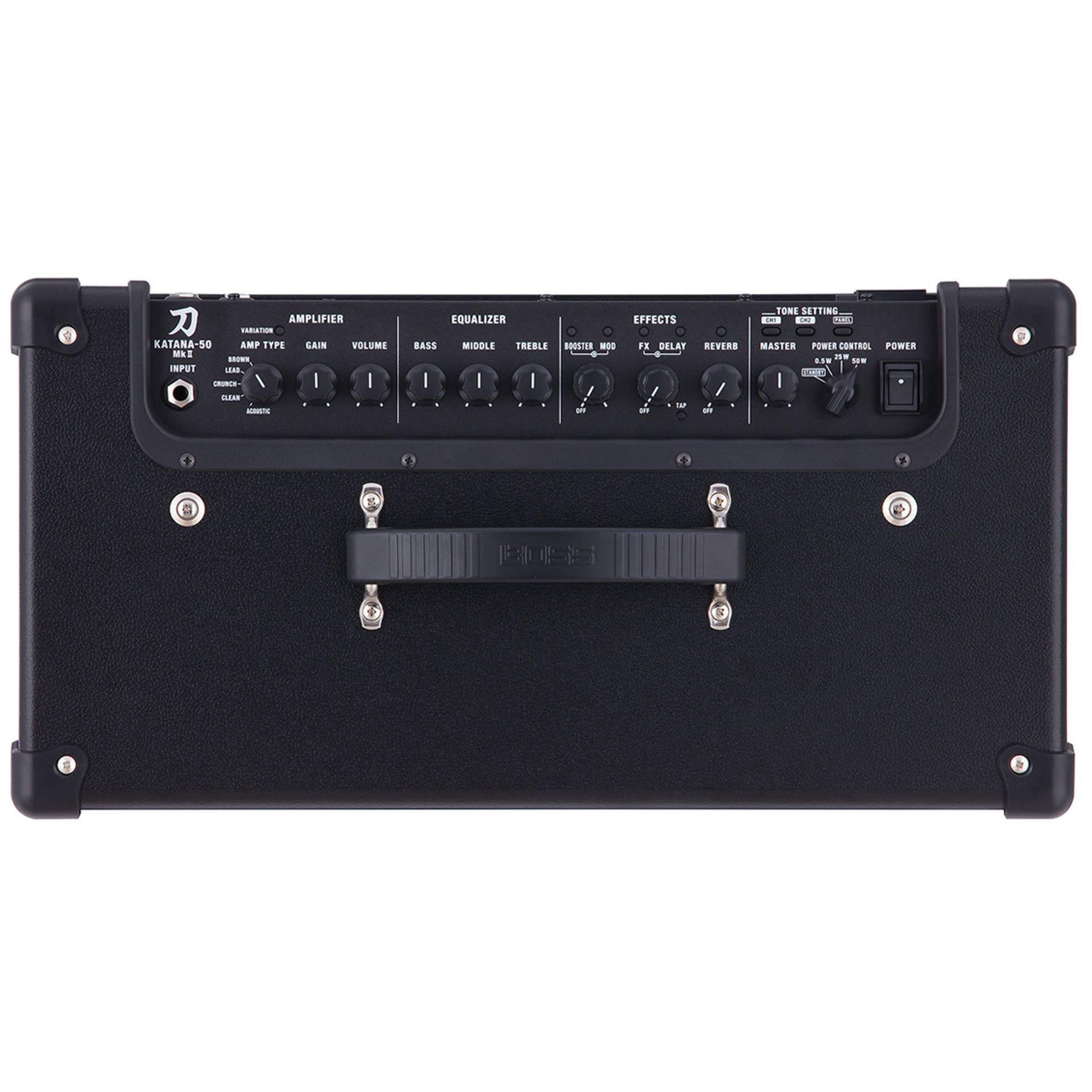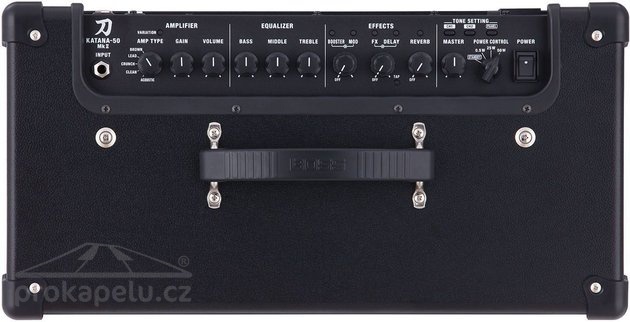

But I spent even more time playing to break it in because that Waza speaker has just gotten better with time. That’s not even taking into account the fact that I had to break in the speaker, which makes EQ adjustments a moving target! With my Godin, I had to roll off the highs and bump up the bass. Playing a Les Paul, I had to bump the mids and highs.

When I got my Katana 50, I had to spend lots of time getting the gain, volume, and EQ dialed in for my guitars. Sure, they use solid-state components, but the DSPs set them apart from traditional solid-state amps.īut as with any amp, you have to take the time to dial it in with your playing style and equipment. These amps are run by powerful digital signal processors that model the behavior of tube amps. To be clear though, amps like the BOSS Katana and the Fender Tone Master are digital amps, which are a far cry from just a collection of chips. But because of that historical stigma with solid-state amps, lots of people still frown upon them. And that’s the thing that sold me with my original Katana 50 and now with my Katana Artist. But where the Tone Master amps are copping the Deluxe and Twin, the amps in the Katana line, at least to me, have their own sounds, and not trying to copy specific amps. They totally sucked! They were bad enough that they left a lasting impression and a stigma built up against them that lingers even to today.Īnd it’s really unfortunate because there are amps like the Katana and the recent Fender Tone Master amps whose sound quality and dynamics are just simply stellar.

Back to electric guitar solid state amps…īack in the day, solid-state amps sounded horrible and felt even worse with little to no dynamics, and don’t get me started with their “overdrive” sound. Even as old as it is, I’ll pit it against any other acoustic amp. To me, SR and Genz-Benz have been my go-to standards, and I still play through my SR California Blonde. Twenty-five or so years ago, with just a couple of exceptions, solid-state amps were definitely the cheap alternatives – at least the ones built for electric guitar.Īcoustic guitar amps, on the other hand, tended – and still tend – to be all solid-state. That said, historically, there is a justifiable reason for the stigma around solid-state amps not being as good tube amps. I look at it as a great amp that gives me the tone and dynamics that I expect out of any amp that I call my own. I don’t look at it as a digital, solid-state amp. But perhaps more importantly, it has a sound and feel that’s all its own. Why? For one, simply because it has a sound and feel that speaks to me and I’m inspired every time I play it.

And let’s face it: There’s really nothing like the power sag of a tube rectifier.īut despite all those great things about tube amps, my Katana Artist (v1) is my #1 amp for both stage and studio. My Fender Hot Rod Deluxe has a hauntingly rich and beautiful clean tone. With my Plexi-style amps, there really is nothing like the high-end sizzle when the amp is cranked. They’re all set up differently and each has its own distinctive characteristics. I have eight tube amps ranging in wattage from 5 watts to 50 watts. Still, there are those folks out there who will argue that it’s still just a solid-state amp and could never be as good as a real tube amp. Much love has been given out to the BOSS Katana amp line since it was released and over time, it has gained many devotees myself included.


 0 kommentar(er)
0 kommentar(er)
